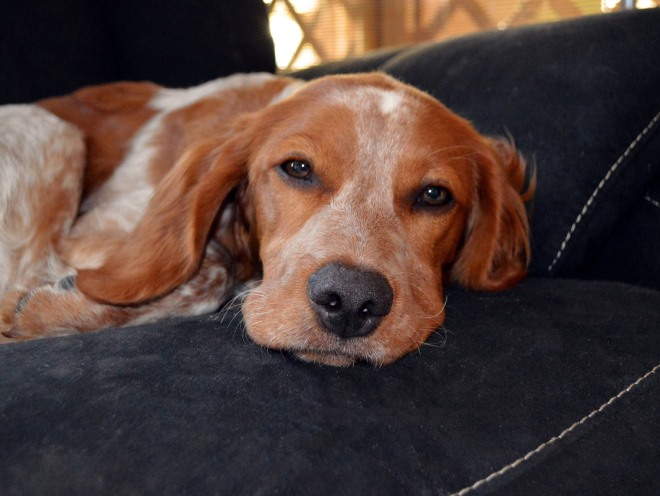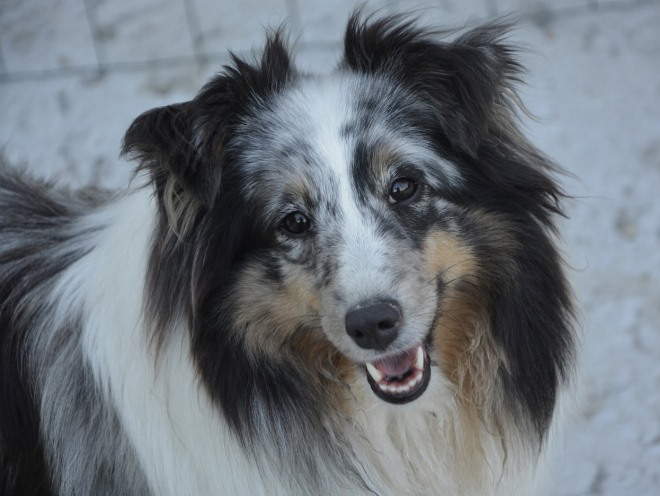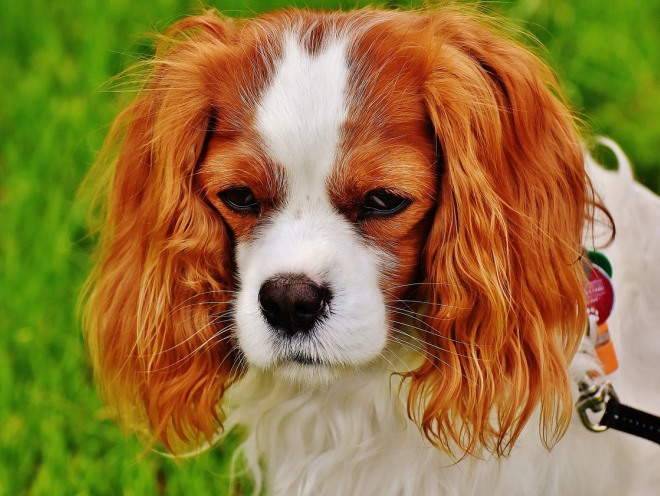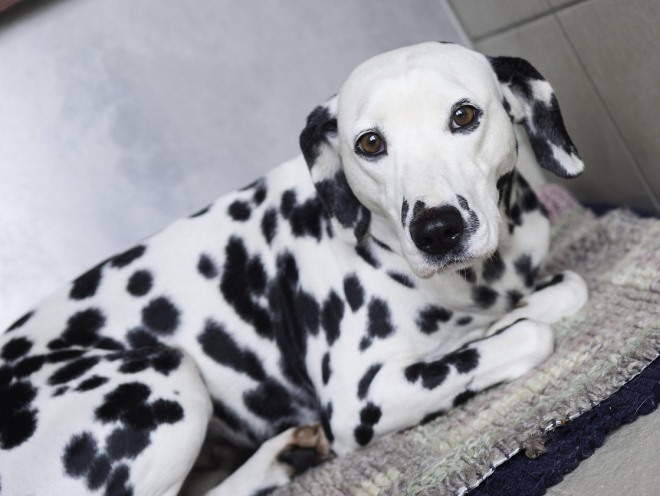Malassezia (Malassezia) is a yeast fungus that exists on the skin of the vast majority of animals, including dogs living in our latitudes. Laiki and reindeer are happier in this regard, since this microorganism does not like cold climate and negative air temperature and does not live in such conditions.
Warm-blooded animals carry a large number of various fungi and other microorganisms on their skin. Moreover, many of these inhabitants under normal conditions do not cause any harm to the health of their owners, and sometimes even bring certain benefits. But as soon as immunity falls, everything changes. A harmless fungus turns into an aggressive pathogen. It attacks the body weakened by infection, spreading its colonies to the mucous membranes and delicate skin in places of natural folds (interdigital spaces, lips, ear canals). Malassezia in dogs is one such insidious fungus.
In total, about ten varieties of the Malassezia fungus are known, but only one of its species lives on dogs - pachydermatis. The vital activity of this microorganism is well studied. The following is known about him:
- Its colonies are constantly present on the mucous membranes and skin of the vast majority of dogs.
- It reproduces by monopolar budding. Any change in the health of the host causes an immediate reaction of the microorganism. The rate of formation of its colonies increases dramatically. Only antifungal therapy can stop this avalanche-like process.
- Colonies of the fungus like to be localized in the external auditory canals, on the muzzle, on the front of the neck, in the interdigital spaces, in the anus.
- Under normal conditions, the organisms of Malassezia fungi and their owners - dogs live in a mutually beneficial symbiosis. The fungus is in favorable conditions for itself, and thanks to it, a special protective environment is formed on the skin of the dog. It prevents the invasion of pathogens of certain infectious diseases (in particular, Staphylococcus aureus).
- Weakened dog immunity is a signal for Malassezia to move into an aggressive pathological form.
predisposition to disease
The percentage of fungal infections among males and females is almost the same. Advanced age makes the likelihood of the disease higher, and this is not surprising. Older dogs are more susceptible to infections, have lower immunity than young and full of energy.

Malassezion dermatitis can occur in any breed of dog. But there are several breeds that are more prone to this fungal infection than others. This list included:
- taxes;
- English setters;
- cocker spaniels;
- Scottish white terriers;
- miniature poodles;
- basset hounds.
It is also suggested that humid, hot weather may favor the spread of fungal infection, while dry, cool weather conditions may hinder it.
The main provoking factors of malassezia
In order to protect your dog from the disease and, if necessary, take immediate action, you need to know what factors can favor the active growth of the fungus on the skin and diagnose possible concomitant diseases.
It is well known that the disease is not contagious. It is not transmitted from dog to dog. The disease has internal causes. For humans and other animals, the canine fungus Malassezia is also not contagious.
Many years of experience in breeding dogs allowed specialists to conclude about the main causes of active proliferation (spread) of the fungus on the skin of animals, including:
- weakened immunity;
- infectious diseases;
- chronic diseases;
- allergic reactions of various etiologies;
- any skin diseases that violate the integrity of the skin;
- taking hormonal drugs and antibiotic therapy;
- too frequent use of shampoos and other detergents;
- poor care for thick long hair.

Weakened immunity
The main cause of the disease is a weakened immune system. Poor resistance to skin infections may be hereditary or may be a chronic condition. A hereditary disease is diagnosed very early, when skin diseases begin to attack the puppy at the most tender age.
chronic diseases
Chronic diseases are no less dangerous, as they cause a persistent decrease in immunity. Constantly progressing, they create favorable conditions for the growth of colonies of the fungus - the invader. The dog's skin becomes a pathogenic environment for them, which they try to suppress with all their might.
Infectious diseases
Skin infectious diseases have the same result - immunodeficiency. In addition, many of them are characterized by severe persistent itching. Skin combed to the blood is a gateway for pathogens. And pathological organisms for the fungus are a sign of rapid reproduction to fight "for the territory."
Allergic reactions of various etiologies
An allergic reaction on the skin creates the same conditions (scratching, violation of the integrity of the skin, decreased immunity) that encourage microorganisms to multiply actively.
Treatment with hormonal drugs and antibiotics
Hormone replacement therapy in most cases has side effects. In particular, this is an adverse effect on the organs of the endocrine system. Their functions can be disturbed, causing the production of natural hormones to suffer. All this is not the best way affects the condition of the skin. And this is a direct way to activate the growth of fungi.
Taking antibiotics also has its downsides. By actively suppressing the growth of pathogenic bacteria, they at the same time cause a significant blow to the protective functions of the body. Therefore, each antibiotic intake should be accompanied by a parallel intake of antimycotic and immunostimulating agents.

Frequent use of detergents
One of the main factors of protection against a fungal infection is the preservation of the integrity of the skin. Frequently used shampoos and detergents can artificially violate this integrity. They wash away the protective layer of the epidermis, and the skin becomes dry and susceptible to various infections.
But at the same time, careful care of the ears is necessary. There is a favorable environment for the development of Malassesia - a warm and humid environment. Ear passages should be cleaned of sulfur secretions in a timely manner, each time wiping them dry.
Poor hair care
Long, poorly combed hair creates an obstacle to good air exchange and ventilation of the skin. Humidity and high temperature of the skin make it possible for fungal infections to multiply rapidly on it.
Clinical picture of the disease
Malassezia is defined by characteristic symptoms. Their list is small, but gives a fairly clear picture of the disease. Depending on the stage of the disease, fungal skin lesions can be localized or generalized (covering the entire skin).
- Strong itching. This is the main and most painful symptom. The dog is losing his temper. Itching is localized in places of fungal lesions and captures new areas in accordance with the spread of the fungus over the surface of the skin. The affected areas were combed to the point of blood. If the dog is not treated, then the tongue will spread the fungal infection even further.
- Peeling of the skin and oily seborrhea. The affected areas are flaky, keratinized scales are visible as dandruff on the coat.
- Skin erythema. This symptom is outwardly characterized by redness, rash, dilated capillaries.
- Hair loss, bald spots.
- Hyperpigmentation. The skin becomes darker and loses its elasticity.
- Lichenization. This is the name of the thickening of the skin, a change in its natural pattern.
- Exudation. Sharp swelling of the affected skin and mucous membranes. Purulent exudate may indicate the addition of a secondary infection.

All these symptoms are well defined by visual examination of the animal. Observing, one can easily notice that there are some peculiarities in his behavior. Another characteristic symptom is an unpleasant odor from the dog.
Visual examination, along with microscopic, cytological and histological examination of the material taken from the dog, is an integral part of the diagnostic process. If the location of the pathogen is the skin, the diagnosis usually sounds like "malassezional dermatitis". If the ear canals are affected, then Malassezion otitis media is diagnosed.
Malassezia treatment
The essence of treatment is the creation of conditions unfavorable for the further development of a fungal infection. The treatment regimen should be drawn up exclusively by a specialist, and the task of the dog owners is to carefully follow it. The impact on the fungus should be comprehensive and include procedures for both local and general effects on the body:
- use of shampoos with chlorhexidine and miconazole;
- the use of antifungal drugs "Fluconazole" and "Ketoconazole";
- with damage to the ears - the drug "Otonazol" is indicated;
- daily thorough cleaning of the ears with the use of boric alcohol;
- the use of antimycotic ointments "Clotrimazole", "Nystatin";
- restoration of the body's resistance with the help of immunomodulating and immunostimulating drugs.
Treatment of malassezia in dogs lasts from 2 to 5 weeks, depending on the severity of the disease. The treatment process should take place under the close supervision of a veterinarian.
Properly selected treatment will definitely give its effect, and you will soon not recognize your pet: it will become happier, the coat will shine, and an appetite will appear. But be aware that if your dog has a natural predisposition to malassezia, then lifelong immunostimulating and antimycotic therapy awaits him.
